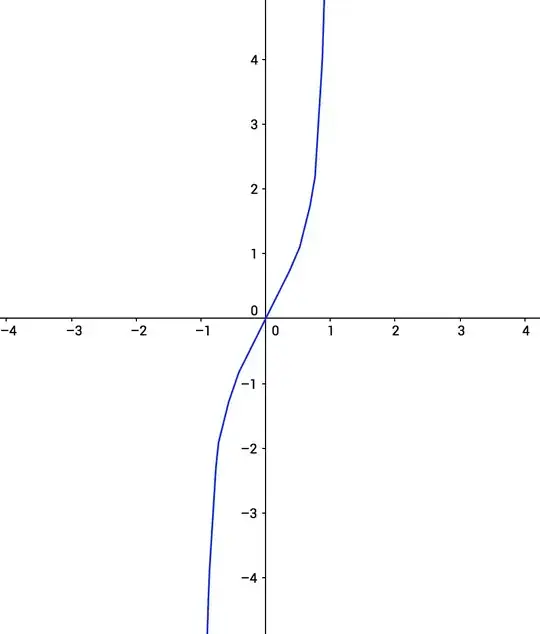"Uncountable" just means "not countable", where countable is the smallest infinity. If you show that $(a,b)$ is uncountable, and that $\Bbb{R}$ is uncountable, you haven't shown that they have the same cardinality.
You need to exhibit a bijection. That is the very definition of "same cardinality". Any way you prove that the two have the same cardinality will, at least implicitly, exhibit a bijection.
"Same cardinality" means that there is a bijection. So you're asking if you can show that a bijection between these two sets, but without showing that there is a bijection between these two sets. You have to use a bijection. Any theorem, lemma, etc. MUST use bijections, as that is the very definition. What you're asking is like asking "can you show that 2 is even, without showing that 2 is even".
Edit, for an explicit bijection I leave the full construction to you (as it is somewhat tedious), but you could have something like:
$$f(x)=\begin{cases} \frac{1}{x-a} \text{ for } x\in (a,a+\mu/4)\\
\text{ linear connecting term for } x\in [a+\mu/4,a+3\mu/4]\\
\frac{1}{x-b} \text{ for } x\in (a+3\mu/4,b)
\end{cases}$$
where $\mu$ is the length of the interval.
